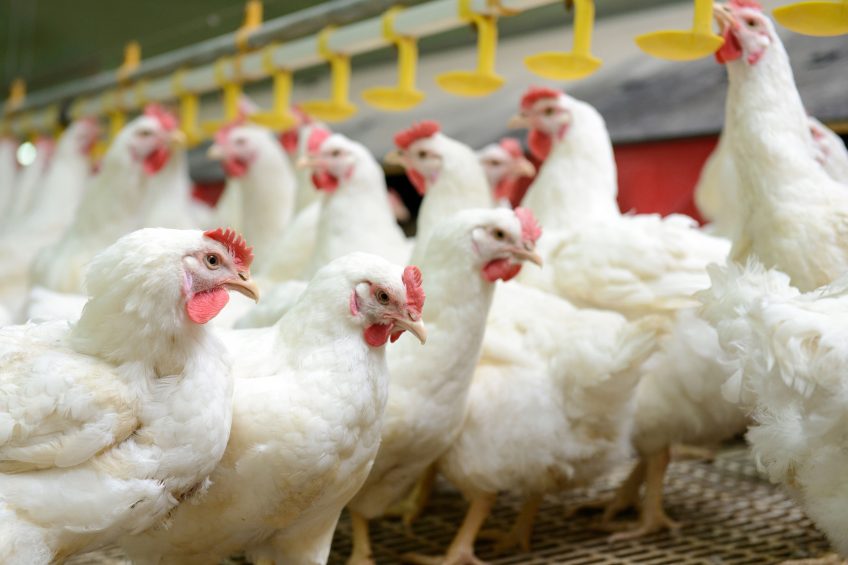How can diagnostics deliver a more effective use of antibiotics?

This question is at the heart of the research that has been financially backed with a £1.75m grant. A pan-UK academic consortium has received the funding to look at how diagnostics can deliver a more effective use of antibiotics in poultry and other livestock.
The 4 year project – awarded by the Economic and Social Research Council – will examine whether there are better ways to diagnose animals in need of antibiotics on livestock farms and how farmers and vets will use these diagnostics. It is part of an initiative by 7 research councils to tackle antimicrobial resistance.
The research team will be led by social scientists at the University of Exeter and colleagues at the University of Bristol, the Innogen Institute at the University of Edinburgh and the British Veterinary Association. As well as diagnostics being trialled in the UK, pilot and capacity-building research will take place in Tanzania and Bangladesh.
Encouraging responsible use of antibiotics
Dr Kristen Reyher, senior lecturer in farm animal science at Bristol University, said the university had a strong track record on antimicrobial resistance research, working closely with farmers and vet, retailers and government bodies to encourage responsible use of antibiotics.
“We are excited to have this amazing opportunity to collaboratively generate, evaluate and analyse behaviours and strategies around animal disease diagnostics and show how innovation in the development of diagnostic tools … can lead to a more sensible use of antibiotics across farming systems.”
Evaluate implications of innovations
Professor Henry Buller, project lead at the University of Exeter, said the team would evaluate the implications that innovations would have for organisations, vets and veterinary training.
“We will identify the changes in behaviour, practice and knowledge necessary to accompany the more widespread adoption of practices that are deemed effective and will assess the regulatory and governance support necessary to encourage use of beneficial practices.”
Opportunity to assess adaptibility and responsiveness
David Barrett, professor at Bristol University’s School of Veterinary Sciences, added: “This is a fantastic opportunity to assess the adaptability and responsiveness of the different animal production sectors – poultry, pigs and cattle – along with a variety of veterinary structures to the trialled innovations in diagnostics and diagnosis , and will determine the likely benefits of these innovations for prescription practice, for animal health and for sustainable livestock production.”













